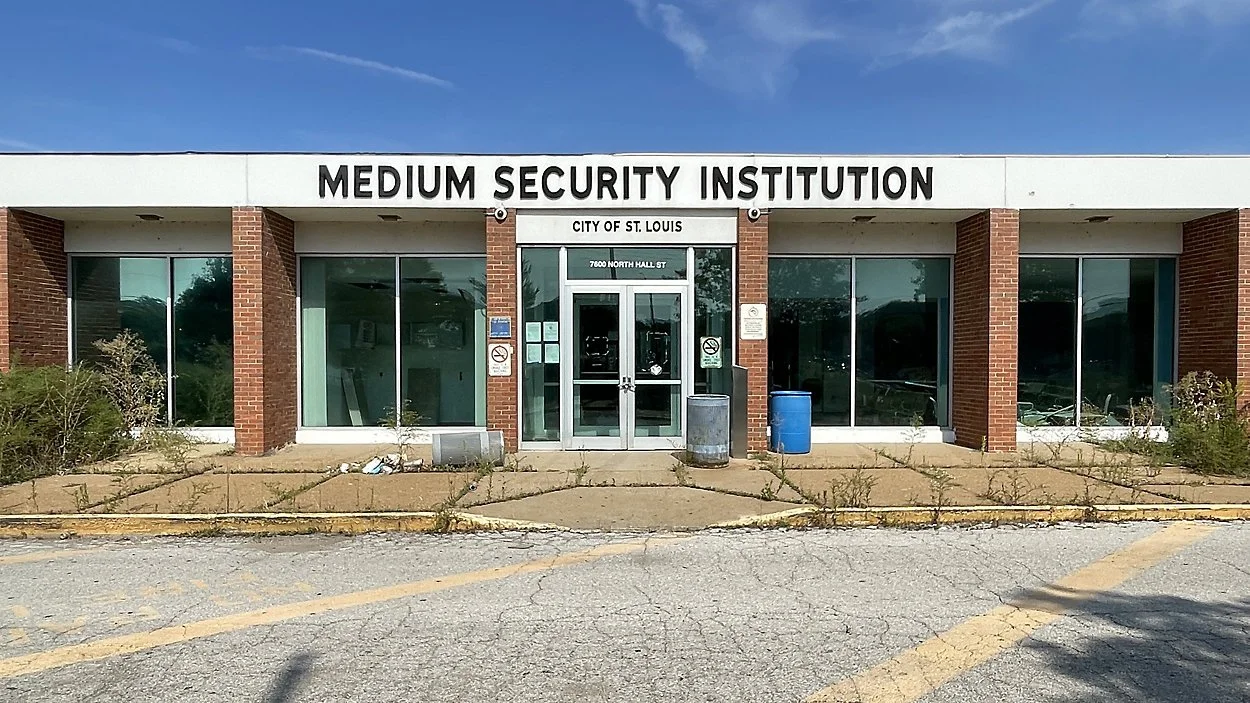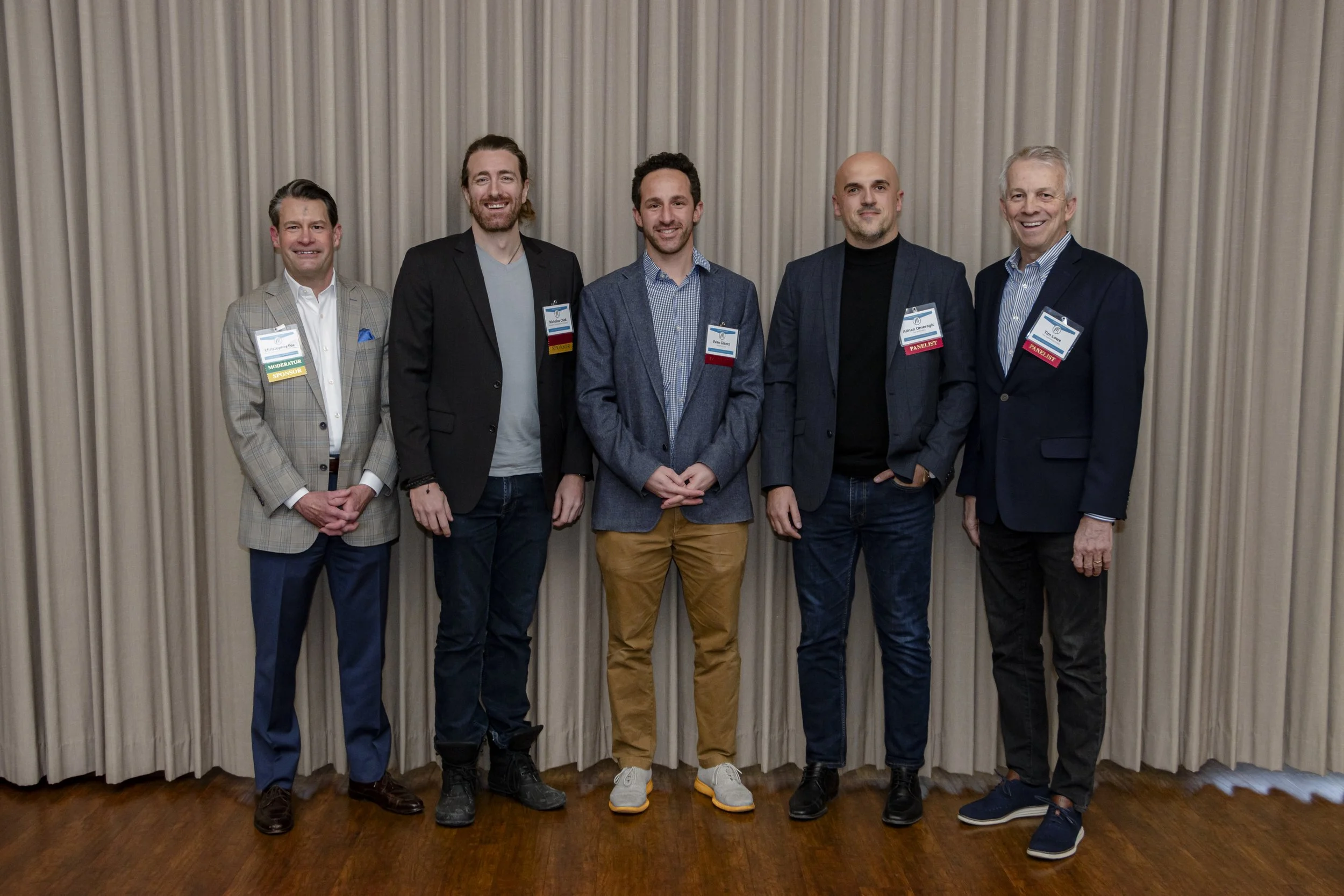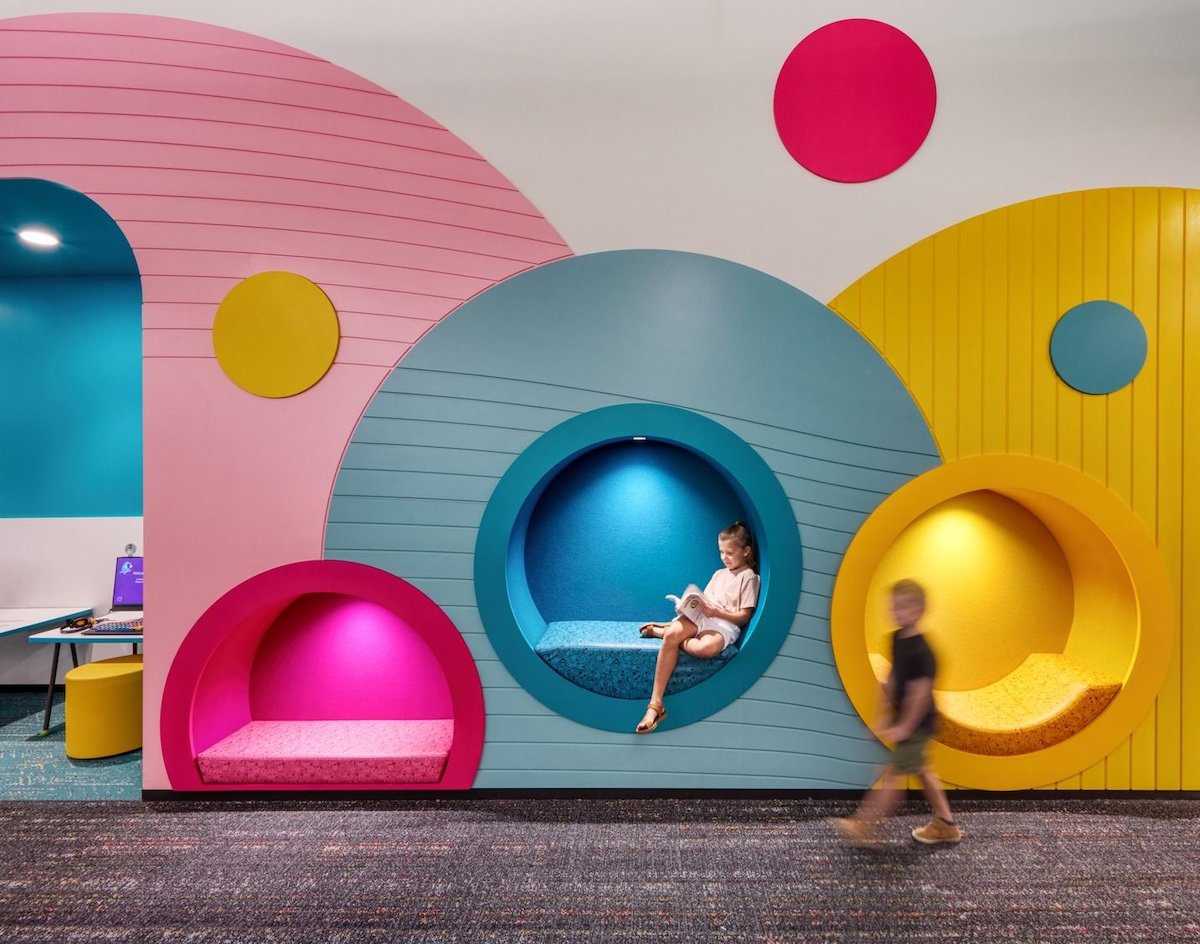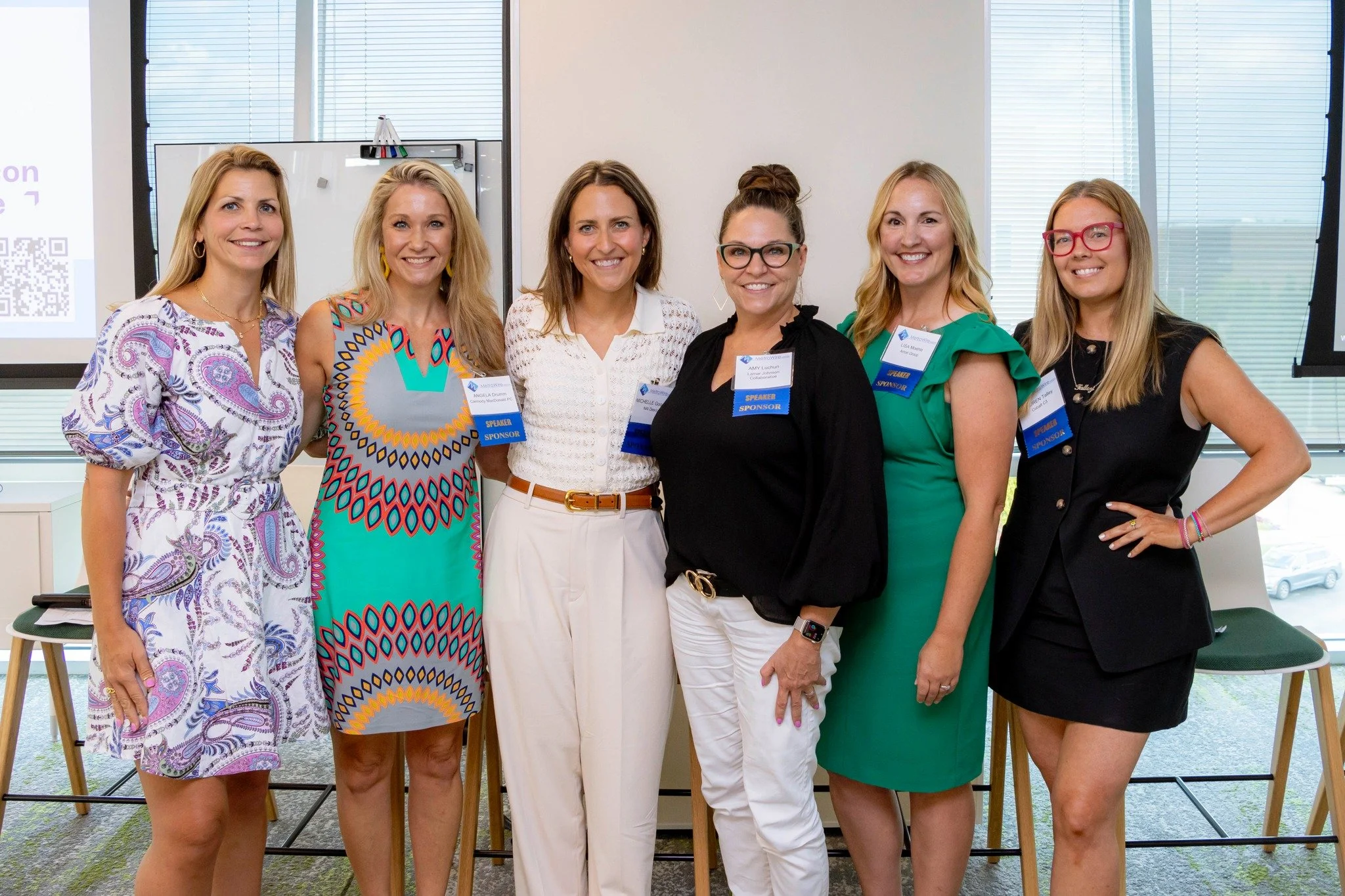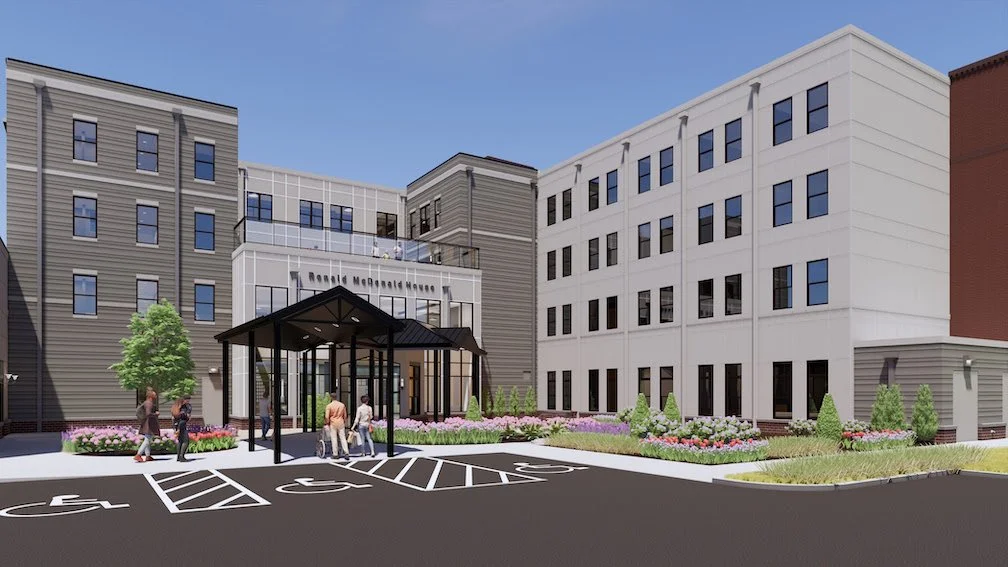Demolition has commenced on St. Louis' Medium Security Institution, commonly known as the Workhouse, marking a pivotal step in the city's criminal justice reform efforts. The facility, operational since 1966, had been criticized due to substandard conditions and allegations of human rights violations.
Mayor Tishaura O. Jones, who prioritized the closure of the Workhouse upon taking office in 2021, emphasized the significance of this development. The facility ceased operations in June 2021, with detainees transferred to the St. Louis City Justice Center.
In September 2024, the city announced plans for the demolition, initially slated for December 16, 2024. However, environmental assessments revealed the presence of lead and asbestos, necessitating remediation and delaying the process.
The demolition contract, valued at approximately $2.24 million, is funded through the city's building repair budget.
Concurrently, the city is seeking community input for a memorial at the site to acknowledge those affected by the facility's history. Submissions for the memorial are being accepted until May 13, 2025.
Looking ahead, the city is evaluating proposals for the site's redevelopment. Preliminary plans include constructing an animal shelter, conducting further environmental evaluations, and potentially relocating aspects of the city's tow lot to the area. These initiatives align with the city's commitment to repurposing the site to benefit the community and address past shortcomings.
The demolition of the Workhouse signifies a transformative period for St. Louis, reflecting a broader commitment to enhancing the criminal justice system and ensuring that past challenges are addressed constructively.
Header image: The Workhouse, a medium security jailhouse, is being demolished and prepped for redevelopment. Photo credit: Spectrum News | Elizabeth Barmeier


